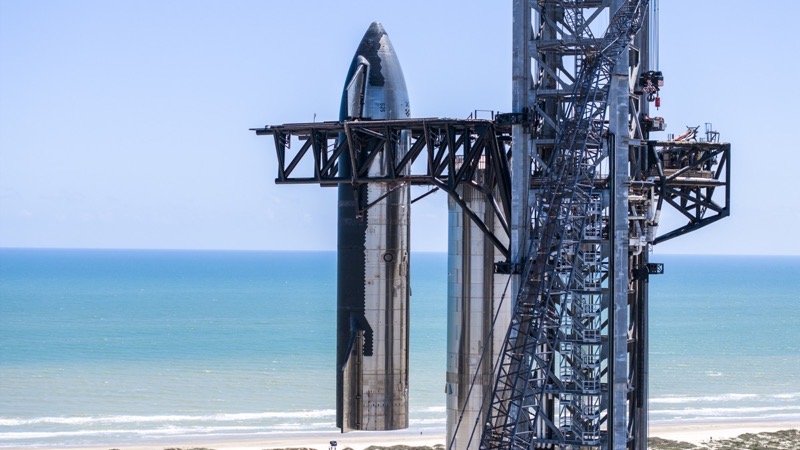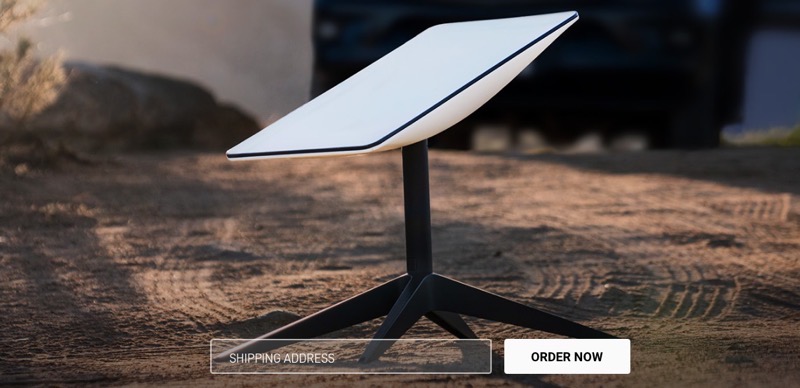
SpaceX Announces Upgrades to Starship Ahead of its Second Flight Test
On September 8, 2023, SpaceX provided an update on the advancements made to its Starship launch system, following lessons learned from its inaugural flight test. The first integrated flight of Starship and Super Heavy, the most potent launch system ever conceived, offered invaluable insights that have led to several enhancements in the vehicle and its ground infrastructure.
The maiden flight took place on April 20, 2023, at 8:33 a.m. CT from Starbase, Texas. The Starship reached an altitude of approximately 39 km over the Gulf of Mexico. However, during its ascent, a propellant leak in the Super Heavy booster’s aft end caused fires, leading to a severed connection with the primary flight computer. This malfunction resulted in a loss of communication with most booster engines and eventually the vehicle’s control. In response, SpaceX has introduced leak mitigations, enhanced engine and booster testing, and expanded Super Heavy’s fire suppression system.
When the vehicle deviated from its planned trajectory and started tumbling, the Autonomous Flight Safety System (AFSS) automatically initiated a destruct command. After a slight delay post-AFSS activation, Starship disintegrated 237.474 seconds post engine ignition. To enhance system reliability, SpaceX has refined and requalified the AFSS.
Beyond addressing the issues from the first flight, SpaceX is also introducing a range of system performance upgrades. Notably, they have developed a hot-stage separation system, allowing Starship’s second-stage engines to propel the ship away from the booster. A new electronic Thrust Vector Control (TVC) system for the Super Heavy Raptor engines has also been introduced. This electric motor system is more energy-efficient and reliable than its hydraulic counterparts.
Significant enhancements have been made to the orbital launch mount and pad system, following a pad foundation failure during the initial flight test. The upgrades comprise substantial reinforcements to the pad foundation and a newly added flame deflector, which has undergone successful testing.
SpaceX emphasized the importance of testing development flight hardware in real flight conditions, as it allows for rapid learning and the implementation of design changes. The company remains committed to its goal of creating a fully reusable launch system capable of transporting satellites, payloads, crew, and cargo to various destinations, including Earth, the Moon, or Mars.
The update from SpaceX comes after the FAA said Starship was not approved yet to fly for its second test. But this latest information aims to show that Starship is flight-ready for its next flight.


